October was first named Cybersecurity Awareness Month in 2004 through a joint effort of the National Cybersecurity Alliance and the U.S. Department of Homeland Security. In the following two decades, the campaign has evolved into a valuable way to spotlight the role everyday citizens have in the effort to "Secure Our World."
The campaign's consumer outreach focuses on the top four ways to stay safe online:
- Use strong passwords and a password manager
- Turn on multifactor authentication
- Recognize and report phishing
- Update software
While these practices are commonplace in government agencies, security teams are constantly evolving how they implement and manage cyber efforts including in the areas of identity management, phishing, and software updates. Continue reading




 Blockchain
Blockchain Shared Services in government is nothing
Shared Services in government is nothing Data helps organizations make more informed decisions about how they serve their customers. Data informs policy and procedures and feeds more personalized interaction with people. But with great power comes vast responsibility. The data that organizations hold can be incredibly personal. It's more than just someone's social security number. It is information about where people live, work, shop, keep their money, get their news, and more. Individuals should have control over who knows this information and, if they do have it, how they use it. However, most of us do little to understand our privacy rights beyond blindly clicking a checkbox that allows sites to collect information about our activities.
Data helps organizations make more informed decisions about how they serve their customers. Data informs policy and procedures and feeds more personalized interaction with people. But with great power comes vast responsibility. The data that organizations hold can be incredibly personal. It's more than just someone's social security number. It is information about where people live, work, shop, keep their money, get their news, and more. Individuals should have control over who knows this information and, if they do have it, how they use it. However, most of us do little to understand our privacy rights beyond blindly clicking a checkbox that allows sites to collect information about our activities.
